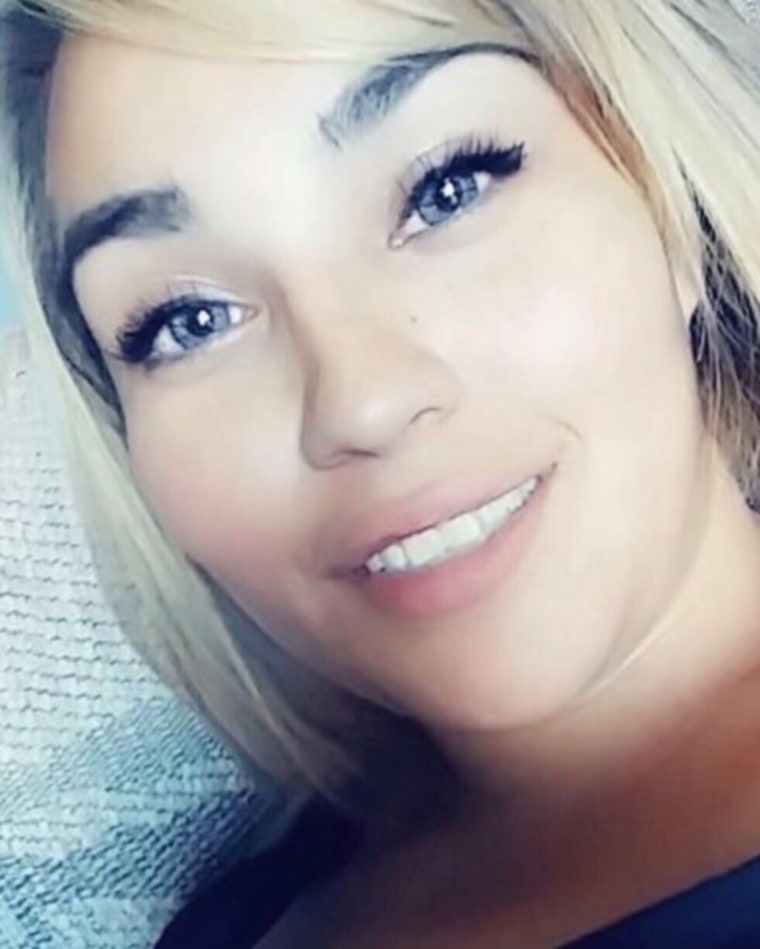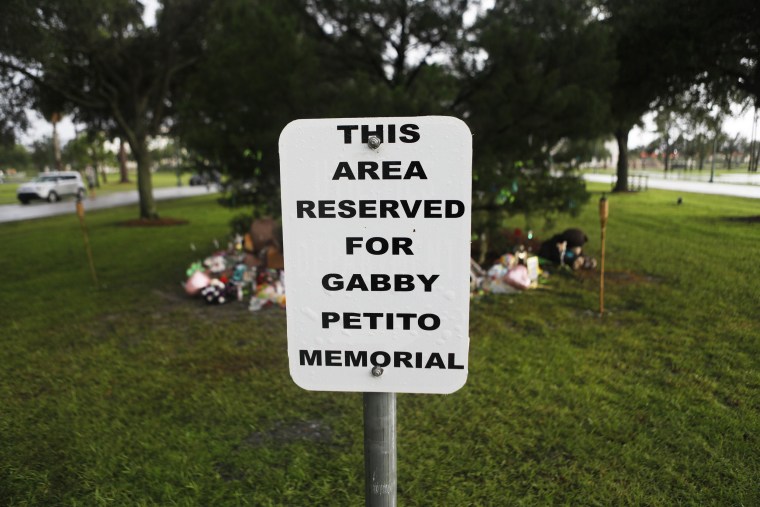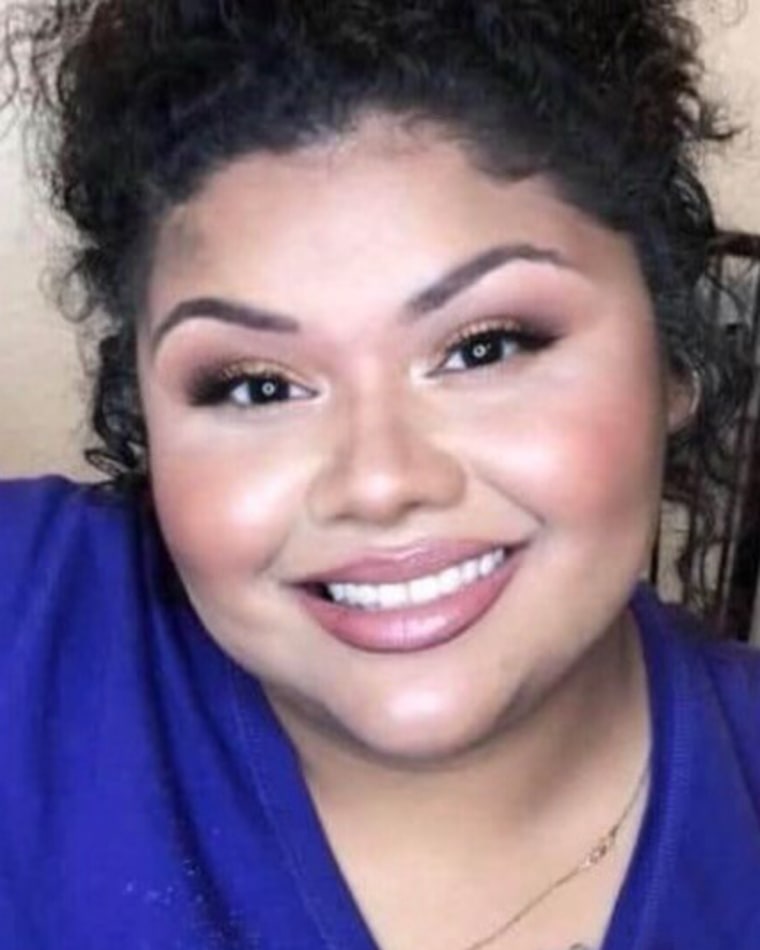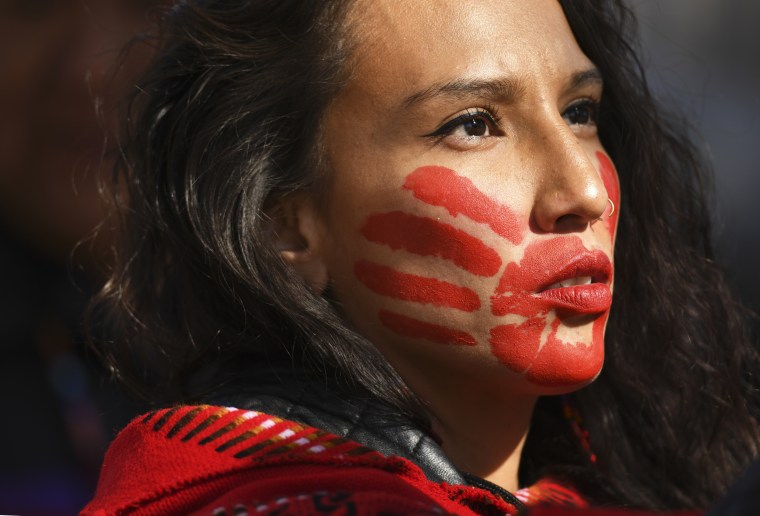The search for Gabby Petito by five different agencies last week in Wyoming's Grand Teton National Park was almost as massive as the attention it received from a nation gripped by the disappearance of the 22-year-old white woman.
Petito's saga ended in tragedy Sunday when authorities found her remains and later declared her death a homicide. Two hours east, in the town of Riverton, Wyoming, Tianna Wagon, 24, followed the case closely, knowing what the Petito family was going through. In January 2019, one of her sisters, Jocelyn Watt, 30, was murdered at home in Riverton along with her companion.

A year later, another sister, Jade Wagon, 23, was reported missing and later found dead in the Wind River Reservation. Jocelyn Watts' killing remains unsolved, and Jade Wagon’s death was ruled accidental, but the family has lingering questions about what happened.
The Petito case has highlighted the disparity in police resources and media attention often focused on missing white women compared to missing people of color and generated calls for law enforcement to treat all cases similarly.
“The cases weren’t highlighted as much as Gabby’s,” Tianna Wagon said about her sisters' disappearances.
Jade Wagon was among the 710 Indigenous people reported missing in Wyoming in the past decade, according to a report this year by the University of Wyoming. It found that 85 percent of the missing were minors, 57 percent are women and girls, and Indigenous people were about 100 percent more likely to still be missing after 30 days than white people.
Their cases received much less attention than those of white Wyoming residents, the study found.
“How could their story be highlighted when people could care less about minority people in rural Wyoming?” Tianna Wagon said.
The journalist Gwen Ifill called this phenomenon “missing white woman syndrome,” in which missing and murdered white women are portrayed as innocent and perfect victims, and draw days of media attention while the cases of missing and murdered women of color are often ignored.

Studies show that “missing white woman syndrome” has led to more tough-on-crime policies — often named after a victim — that disproportionately affect communities of color. It also has emotional reverberations for victims' families, whose grief and emotional pain are worsened by what feels like indifference at best and callousness at worst.
The Wyoming Survey and Analysis Center’s report on missing and murdered Indigenous people outlines how the media perpetuates the situation.
“Indigenous people — especially Indigenous women — are often negatively portrayed as sex workers, drug addicts, and criminals, while their non-Indigenous counterparts are depicted as respected family and community members,” the report said.
Researchers found key themes in the differing portrayals. Stories about Indigenous victims often had negative character framing, graphic language describing the death and relied on stereotypes. White victims were more likely to have positive character framing and articles focused on the victim’s life.
“In our analysis of media coverage for missing people in Wyoming, we found that white people were more likely to have an article out while they were still missing as compared to indigenous people who were more likely to have the first media article on their case only after they were found deceased,” Emily Grant, a senior research scientist at the center, said in an email.
Tianna Wagon said these realities hurt.
“I was brought up to believe no life is greater or less than anybody,” she said.
Tianna Wagon said she wishes the compassion extended to victims like Petito was extended to people like her sisters. Instead, she said, people often voice their opinions with no understanding of what her family and community are experiencing. People have told her to give up, grieve and move on, and that she is playing the “race card” when she mentions disparities in treatment.
“I loved my sister, my mom did, these kids love their mom,” she said of her sister, Jade, who had two children. “My sisters' lives count and matter then when they were alive and even more so now when they are gone and their cases are unsolved.”
Cara Chambers, director of victims services at the Wyoming attorney general’s office, commissioned the report and said the Petito case “absolutely” validates the findings.
The speed with which authorities were able to find Petito’s remains was astonishing for the region, in part because so many eyes were on the case, she said. Some Indigenous families in the state are going on 20 or 30 years with no leads or answers from authorities on their missing family members.
Still, she emphasized this is not a zero-sum game and expressed her deep condolences for the Petito family.
“The media will move on from the Petito case, but the work here in Wyoming, boots on the ground, continues because it has to,” Chambers said. Her office and the report are not saying that cases like Petito’s deserve less attention, but rather that those of Indigenous people deserve more, she said.
“This isn’t a pie,” she said.
Tianna Wagon said she wonders if authorities “had tried a little harder or cared a little harder, would my sister have been found alive?”
Jade Wagon loved to draw and write and enjoyed the outdoors. She had been a stay-at-home mom, raising her two children, MaeLeah and Raphael.
“She loved laughing around and terrorizing her younger sisters. Jade was known to have a one-of-a-kind sense of humor. You can find her cute silly laugh in the largest crow,” her obituary read.

After Jocelyn Watt's death, Jade Wagon had become an active voice in the movement to bring more attention to missing and murdered Indigenous women.
Jocelyn Watt lived just a few blocks from Tianna Wagon and was well-known in Riverton. She worked at the Wind River Casino and had a beautiful singing voice, according to her sister. She was a massive New England Patriots fan and always wanted to pursue a career in optometry.
Their mother, Nicole Wagon, 51, said she will not give up trying to find justice for her daughters.
"I advocate for justice, not just for my own daughters but for the many families, because they have lives, they have stories. They aren’t numbers," she said.
Petito's death was a tragedy, she said, but she is grateful to the family for "shedding light on the state of Wyoming."
“I truly believe that if the 710 cases got nearly half the media coverage that Petito did, maybe things would’ve been solved."

